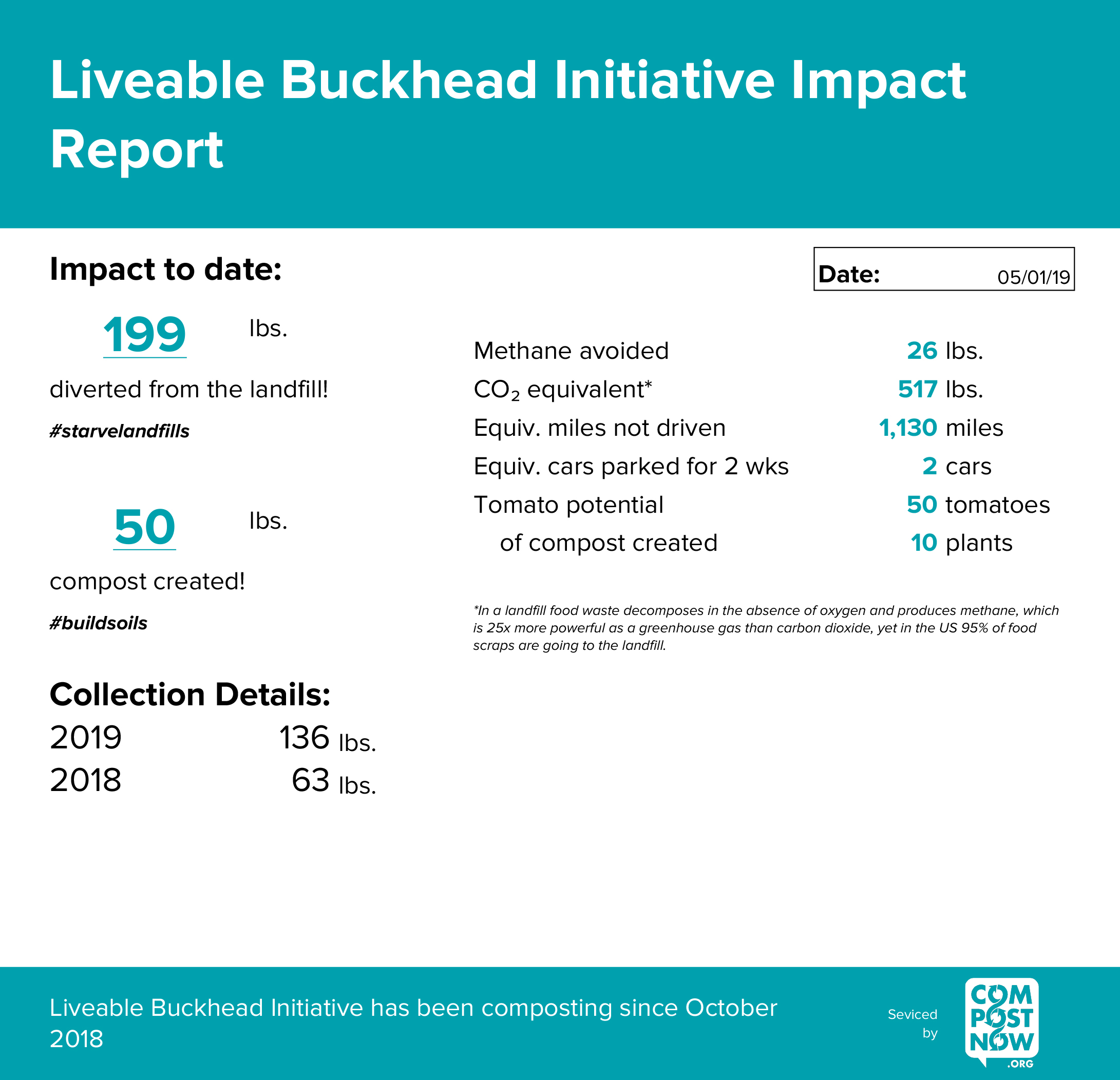What is composting?
Compost is organic material that can be added to soil to help plants grow. Food scraps and yard waste together currently make up about 30 percent of what we throw away, and should be composted instead. Making compost keeps these materials out of landfills where they take up space and release methane, a potent greenhouse gas.
All composting requires three basic ingredients:
Browns – This includes materials such as dead leaves, branches, and twigs.
Greens – This includes materials such as grass clippings, vegetable waste, fruit scraps, and coffee grounds.
Water – Having the right amount of water, greens, and browns is important for compost development.
Composting in the office
Composting is one positive way to tackle the burgeoning food waste problem in the United States. Forty percent of the food we produce doesn’t get eaten, and the vast amount of that waste ends up in landfills, where it produces 16 percent of this country’s methane emissions. Composting cuts those climate-change causing emissions and puts food waste to good use by creating a valuable soil amendment.
Composting in the workplace can not only contribute to a company’s corporate social responsibility policy, but it can also reduce trash collection expenses, engage employees, boost morale, and encourage healthy lifestyle practices.
Composting at home
There are many different ways to make a compost pile; we have provided the following for general reference. Helpful tools include pitchforks, square-point shovels or machetes, and water hoses with a spray head. Regular mixing or turning of the compost and some water will help maintain the compost.
Backyard Composting
- Select a dry, shady spot near a water source for your compost pile or bin.
- Add brown and green materials as they are collected, making sure larger pieces are chopped or shredded.
- Moisten dry materials as they are added.
- Once your compost pile is established, mix grass clippings and green waste into the pile and bury fruit and vegetable waste under 10 inches of compost material.
Livable Buckhead is proud to partner with CompostNow, which provides an easy, clean turn-key program as well as impact reporting.



